How Democrats Won Big In The Virginia House -- And Why It Matters
Democrat Ralph Northam won the closely watched race for Virginia governor by a comfortable margin. Given the stakes of the contest, it’s not surprising that the victory dominated headlines.
But the more stunning news came down ballot in the Virginia House of Delegates, where Democrats flipped 16 Republican seats ― nearly seizing control of the chamber. The scale of the House victories was a shock to even the most dedicated partisans, one of whom predicted, days before the election, that picking up six to eight House seats would count as a “success.”
Asked on a Wednesday call with reporters which individual wins surprised him the most, House Democratic Leader David Toscano joked, “How ’bout 16?”
“What surprised me was how many there were,” Toscano continued. “All of these people ran very good campaigns, and you could see how they could win, you just didn’t think they would all win.”
The final results are in flux. In five races, the victor won by a margin of 1 percentage point or less, which is the threshold for a candidate to request a recount. Democrats won two of those races, while Republicans won three.
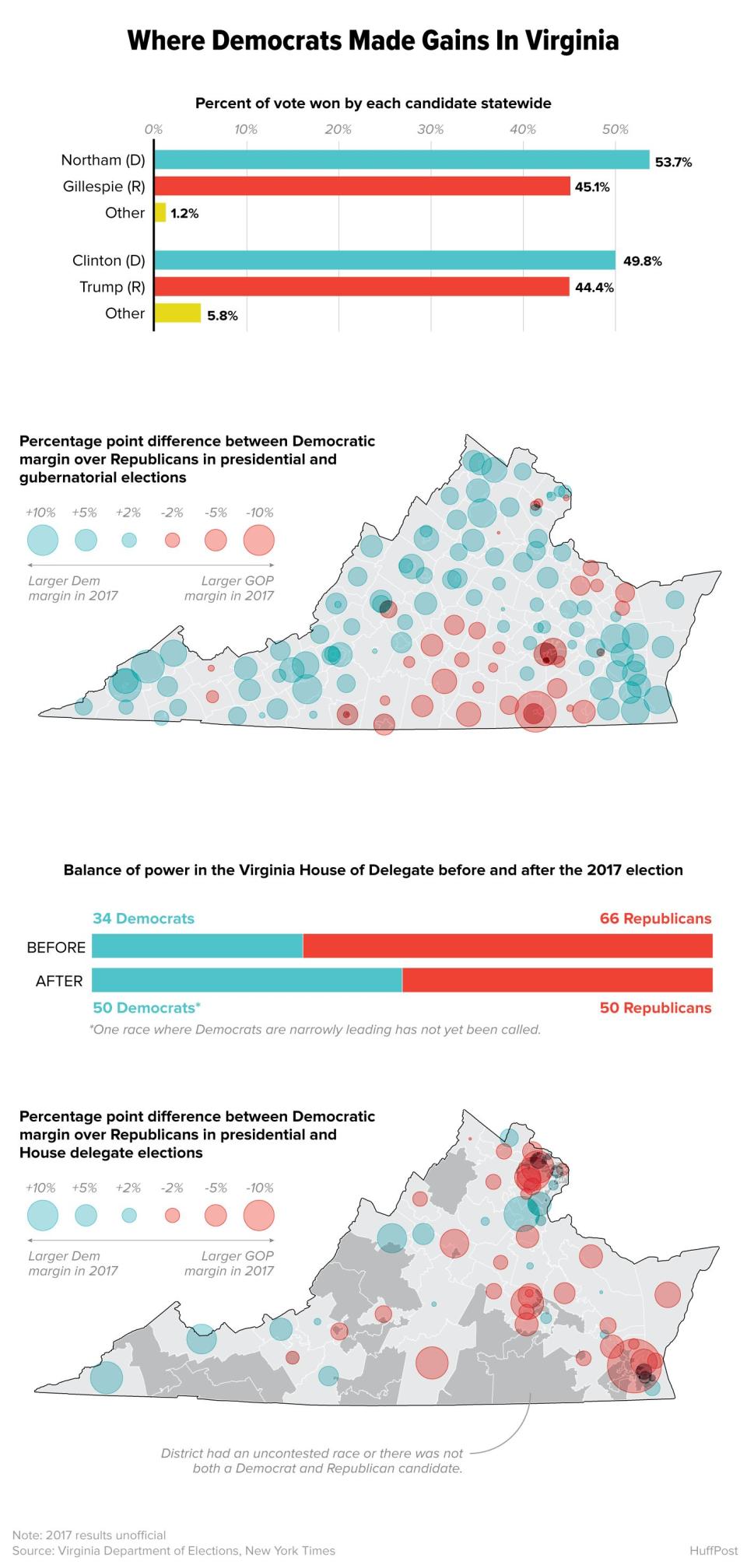
If the current count of 16 Democratic pickups sticks ― an effective 32-seat swing ― the parties would be tied 50-50 in the House, prompting an unusual power-sharing arrangement in which they divide committee chairmanships and other key posts.
Either party may yet pick up an additional seat through the examination of provisional ballots or a recount. The most promising opportunity for Democrats is in the 94th District, where Republican David Yancey defeated Democrat Shelly Simonds by just 12 votes.
Even if Democrats’ total gain were to decline by a seat or two in the coming days, it is impossible to overstate how much the election will shift the House’s balance of power. Republicans now hold a 66-34 majority that they had solidified through partisan gerrymandering conducted in 2011. With a tie, or even less, Democrats could approve major legislation by swinging just one or two Republicans, Toscano noted.
Some priorities that Toscano suggested are now in reach include expanding Medicaid to cover 400,000 more low-income Virginians, passing a bill providing paid family leave for state residents and raising the state’s minimum wage.
“There is no doubt the dynamic is going to change dramatically this January,” Toscano predicted.

The Democratic caucus itself is due to become more progressive as well, especially when it comes to issues of monopoly power and corporate influence.
Thirteen Democratic candidates who made the progressive group Activate Virginia’s pledge to refuse donations from the state-regulated power companies Dominion and Appalachian Power were victorious.
The party is now likely to have a livelier debate about a bill introduced by a Democratic state senator that would prohibit lawmakers and candidates from accepting contributions from any state-regulated utility, which includes power providers and telecommunications companies.
“That bill is going to come up, and there is going to be a lot of support for it. We’ll just have to see how much support there is,” Toscano said.
Of course, if major legislation passes the House, there is no guarantee that it will become law, since Republicans hold a 21-19 majority in the state Senate. But there is also no telling whether that Senate majority, which faces reelections in 2019, will march in lockstep now that Democrats have pulled off such a stunning performance in the House.
The single biggest factor behind the success of House Democrats at the polls is the same one that propelled Northam to victory in the governor’s race: President Donald Trump.
Democratic rival Hillary Clinton defeated Trump by 5 percentage points in Virginia last year. And, notwithstanding the GOP’s gerrymandering of the state legislative districts, voters in 17 GOP-held House districts voted for her as well. (As of Wednesday afternoon, Democrats had flipped 15 of those 17 seats and one seat in a district where Trump won.)
The math provided Democrats with a prime candidate recruitment opportunity. But, for the most part, the candidates came to them, galvanized by anger over Trump’s election to become civically engaged.
They were teachers, lawyers, techies, veterans, civil servants and at least one former TV news anchor; they were black, white, Latino and Asian; they were cisgender and transgender; and they hailed from all corners of the state, rural, suburban and urban alike.
At one point in March, months before the Democratic primaries, the party had reeled in 74 candidates to contest 47 GOP-held districts. In the end they were able to run candidates in 88 out of 100 House districts, more candidates than they have had since anyone in the party can remember.
“We found that the enthusiasm we had was unprecedented, and we began to see Virginia as a potential bellwether election as a test of the Trump presidency,” Toscano recalled.
Women were especially motivated to jump in the race, thanks in no small part to the Jan. 21 Women’s March. Hala Ayala, delegate-elect in Virginia’s 51st District, organized a massive contingent of participants in the main Washington, D.C., march from Virginia. Kelly Fowler, delegate-elect in the 21st District, took her daughter to the march on her 8th birthday and came away from the experience inspired to run.
Love HuffPost? Become a founding member of HuffPost Plus today.
HUGE WIN in VA Beach! Kelly Fowler went to the women's march in January and ended up on the ballot. @VoteforFowler is an inspiration. https://t.co/oj0p0AePSb
— Tom Perriello (@tomperriello) November 8, 2017
In the end, 11 more Democratic women were elected to House seats, bringing the total number of House Democratic women to 23, or nearly half.
“When you look at the margins of victory, it speaks to the strength of these women’s candidacy and their ability to connect to both male and female voters,” House Democratic Caucus Chair Charniele Herring said on the call with reporters.
Voter excitement mirrored that of the abundant pool of candidates. Democrats were not only more motivated than Republican voters, but they “consolidated” behind Democratic candidates earlier in the cycle, according to Joshua Ulibarri of Lake Research Partners, who conducted polling for the caucus.
“Ten to 15 percent more Democrats were saying they were voting for Democrats than two years ago,” Ulibarri said on the Wednesday press call. “In the past, in these districts, [some Democrats] would hold out before they decided or they would vote for Republicans.”
Given the Republican bent of many of the gerrymandered districts and the reality that not even Republican-leaning voters’ disdain for Trump would be enough to get them to vote out Republican delegates, however, the party needed more than just anti-Trump fervor, according to Ulibarri. Ulibarri devised district-specific ways to “define these Democrats as separate from other Democrats, and to define these Republicans as exceptionally worse than any other Republican.”
For example, to boost Ayala’s bid, Ulibarri worked early on to emphasize her background as a cybersecurity specialist for the Department of Homeland Security.
It was “really hard ... to say Hala is weak on crime or immigration or MS-13 [gang activity] when we’ve defined her as a cybersecurity specialist,” Ulibarri said.
In terms of specific policies that helped Democrats politically, expanding access to affordable health care was “consistently a top-three issue” in Virginia, in a way that it hadn’t been in previous cycles, according to Ulibarri.
In 2015, Ulibarri recalled, expanding health care access resonated moderately with voters, mainly as a pragmatic question of creating health care jobs and taking advantage of the federal funding for Medicaid expansion.
This year, however, in the wake of Republican efforts in the U.S. Capitol to repeal the Affordable Care Act, Virginians were much more receptive to arguments that “giving people more access to affordable health care, period,” was an intrinsically positive value, Ulibarri said.
“Not jobs ... not something formulaic like that ― but the value,” he said. “We really boiled this down to the values.”
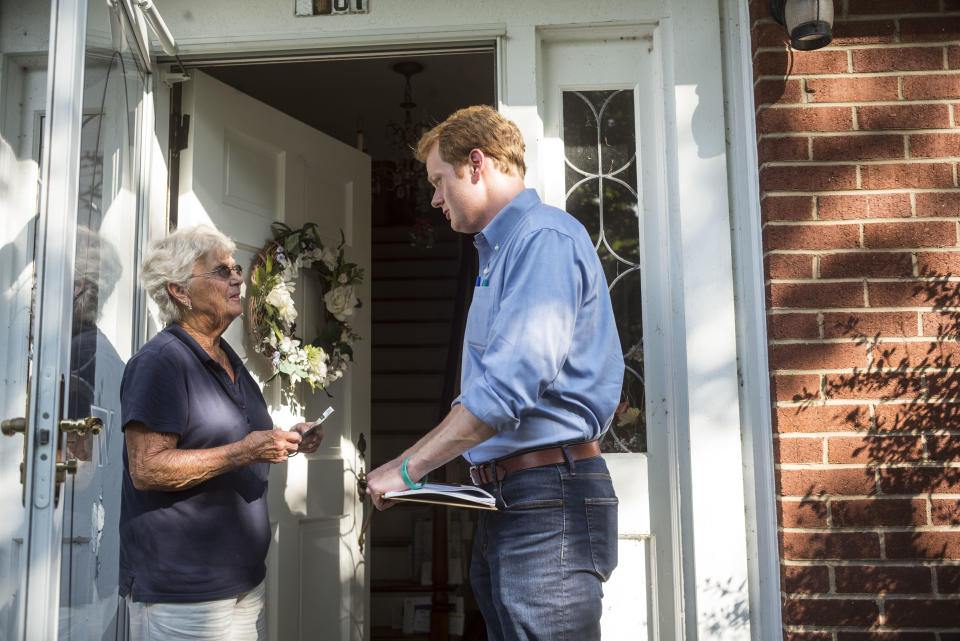
Individual Democrats who won in swing districts also emphasized the importance of an aggressive bricks-and-mortar ground game in generating high turnout among key voter groups in the state’s notoriously quirky off-year elections.
Lee Carter, delegate-elect in the 50th District, which includes the outer Washington suburb of Manassas, knocked on about 20,000 doors in the last four days of his campaign.
Carter, a former Marine and outspoken leftist, had a dispute with the state party that resulted in it cutting off assistance to him. Carter also raised less than half of the funds of his opponent, Del. Jackson Miller, the GOP majority whip. But with the help of his fellow members of the Democratic Socialists of America, who Carter estimated knocked on half of the doors in the final stretch, he won by nearly 10 percentage points.
“The things that we were talking about were things that were immensely popular with the Democratic Party voter base and the Democratic Party coalition as a whole,” Carter told HuffPost. “We were going out and talking about making lives better for working people, making Virginia the kind of place where anyone can live and work and not worry about how they’re going to put food on the table or how they’re going to make the rent.”
The result is a stunning electoral performance that produced a class of Virginia House Democrats that will be the most diverse in the party’s history.
The newcomers include many people who are the first of their minority group to hold the office.
Danica Roem, delegate-elect for the 13th District, is the state’s first transgender state lawmaker. Roem dispatched Republican Bob Marshall, whose social conservatism is so notorious that LGBTQ groups dubbed him “Bigot Bob.” Marshall introduced a bill banning public school students from using the bathroom of their choice and refused to call Roem by her preferred pronoun of “she” during the campaign.
Elizabeth Guzman, delegate-elect for the 31st District, and Hala Ayala will be the chamber’s first Latina members. Fowler, delegate-elect for the 21st District, and Kathy Tran, delegate-elect for the 42nd who came to Virginia as a Vietnamese refugee when she was a child, will be the first Asian-American women in the lower chamber.
Dawn Adams, delegate-elect for the 68th District, will become the state’s first openly lesbian lawmaker.
The new batch of Democrats also features its share of lawmakers with compelling personal stories. Chris Hurst, delegate-elect for the 12th District, is a former TV news anchor inspired to run for office by the tragic on-air shooting death of his girlfriend.
The party’s performance was so strong that there is even evidence the House races boosted Northam’s numbers for governor. It’s the reverse of the top of the ticket typically helping candidates farther down the ballot.
In Republican-held precincts with a Democratic House challenger, there was a 20 percent jump in votes for the Democratic gubernatorial candidate relative to 2013, according to an analysis of voter data conducted by Reed Shaw, a former Barack Obama presidential campaign data specialist, and shared with HuffPost. In GOP precincts without a Democratic House challenger, there was no change from the 2015 gubernatorial numbers, Shaw found.
The state Democratic Party’s coordinated campaign, in which it pooled efforts to elect Northam, other statewide candidates and House candidates, knocked on more doors at the behest of House Democratic operatives, according to Ulibarri.
The staffers thought that more canvassing was necessary to clinch races for House Democrats, but it likely had the effect of increasing Northam’s margin as well, Ulibarri posited.
“I don’t think we take credit for [Northam’s win] for sure, but from a 5- to an 8-point lead, I think there is a lot going into that on the House side.”
Also on HuffPost
Alabama State Capitol (Montgomery, Ala.)
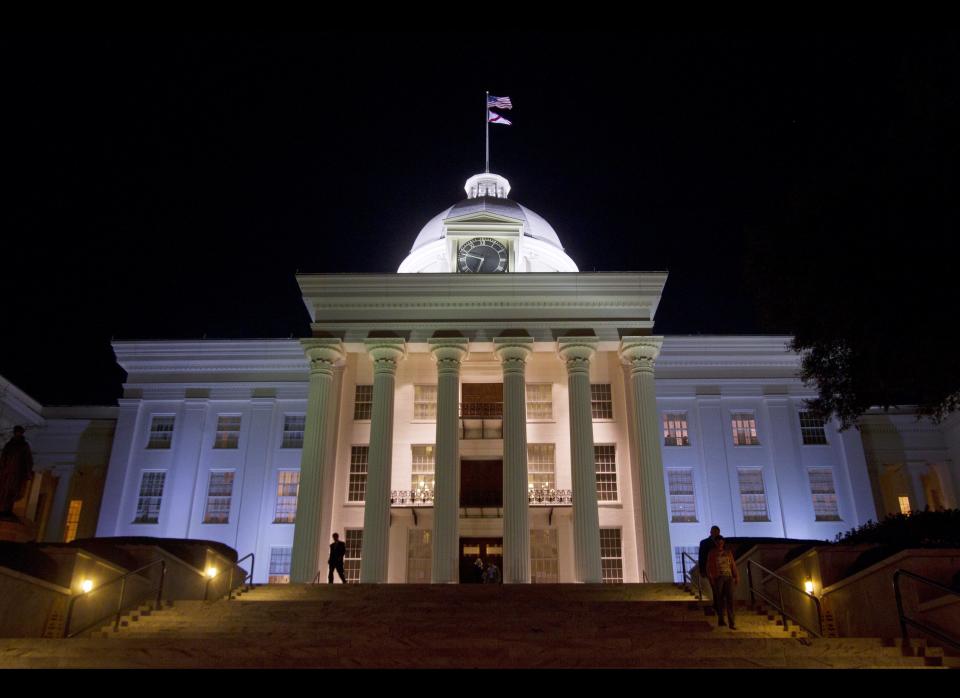
Alaska State Capitol (Juneau, Alaska)

Arizona State Capitol (Phoenix)
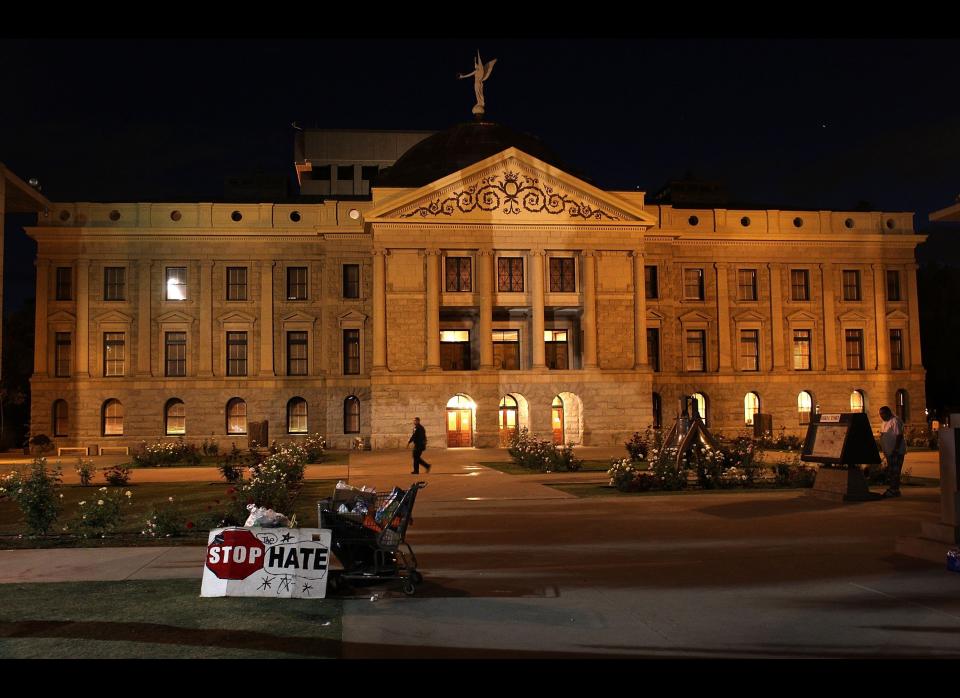
Arkansas State Capitol (Little Rock, Ark.)
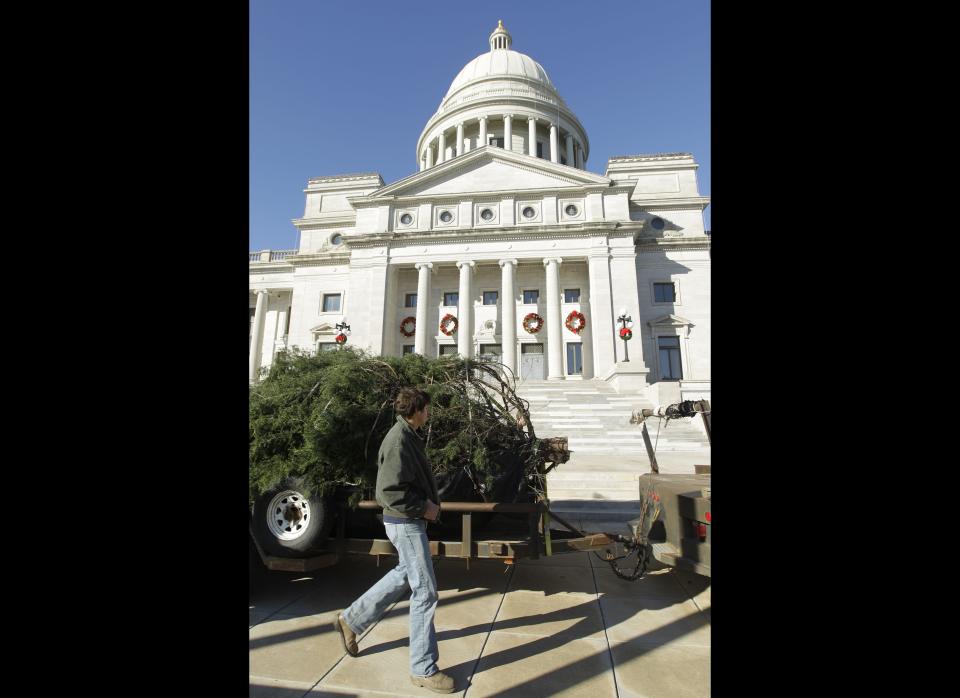
California State Capitol (Sacramento, Calif.)

Colorado State Capitol (Denver)
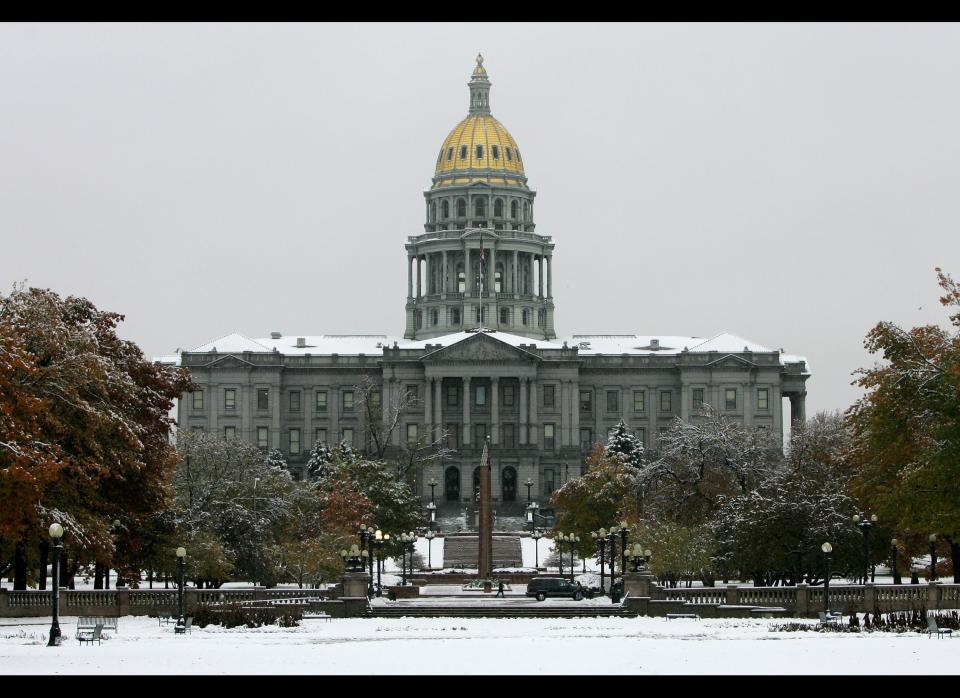
Connecticut State Capitol (Hartford, Conn.)
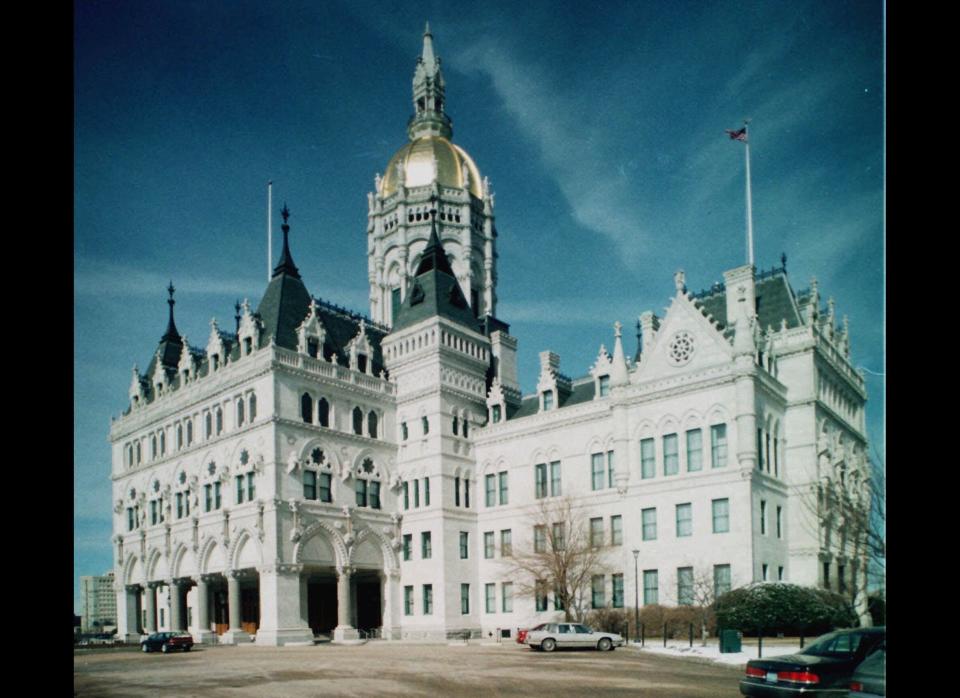
Delaware State Capitol (Dover, Del.)
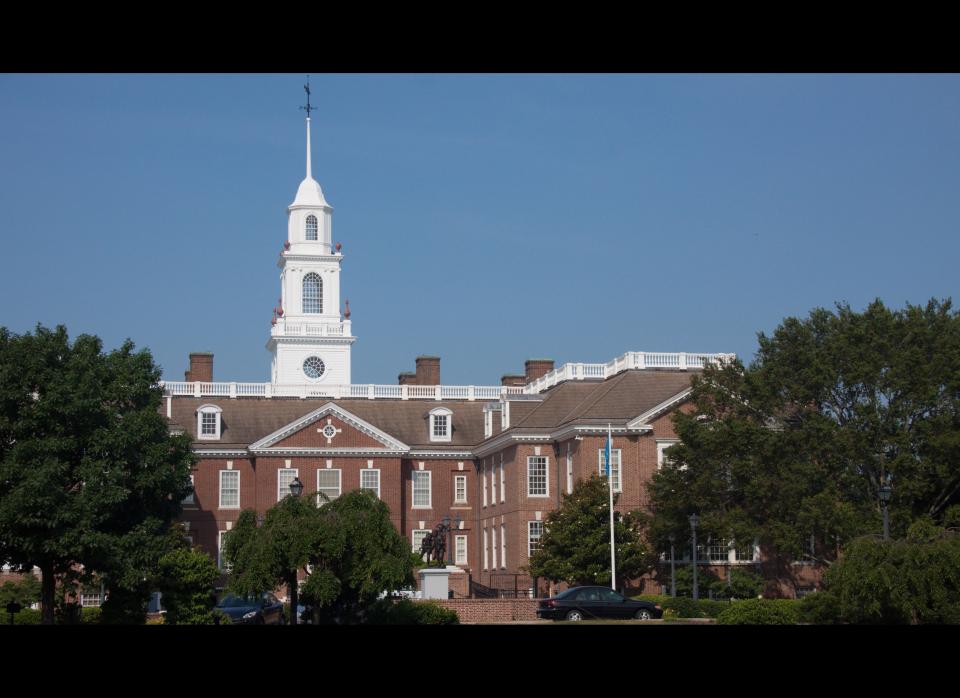
Florida State Capitol (Tallahassee, Fla.)
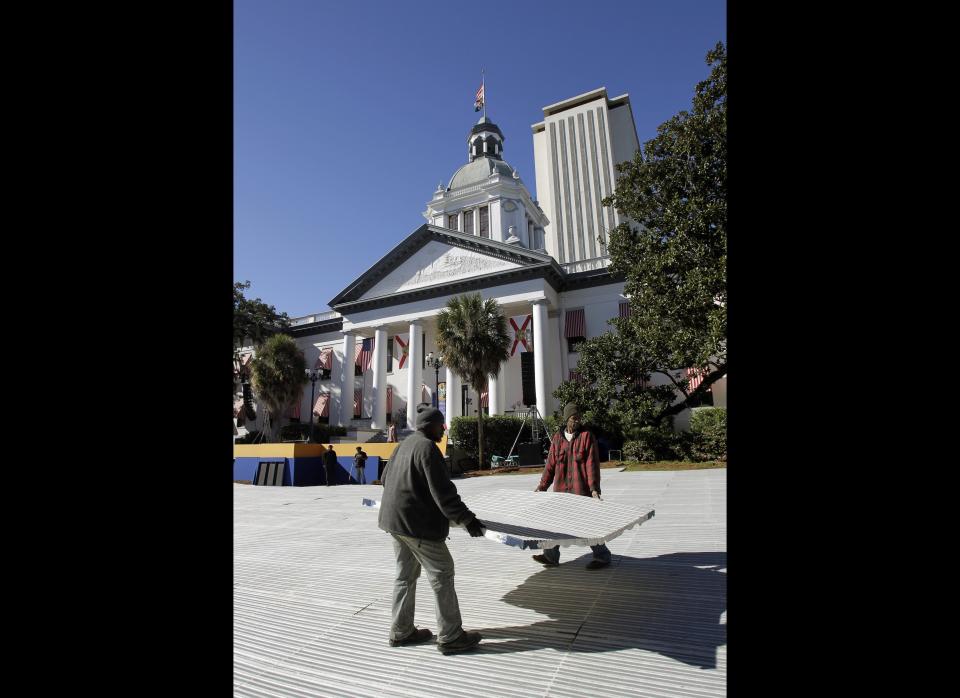
Georgia State Capitol (Atlanta)
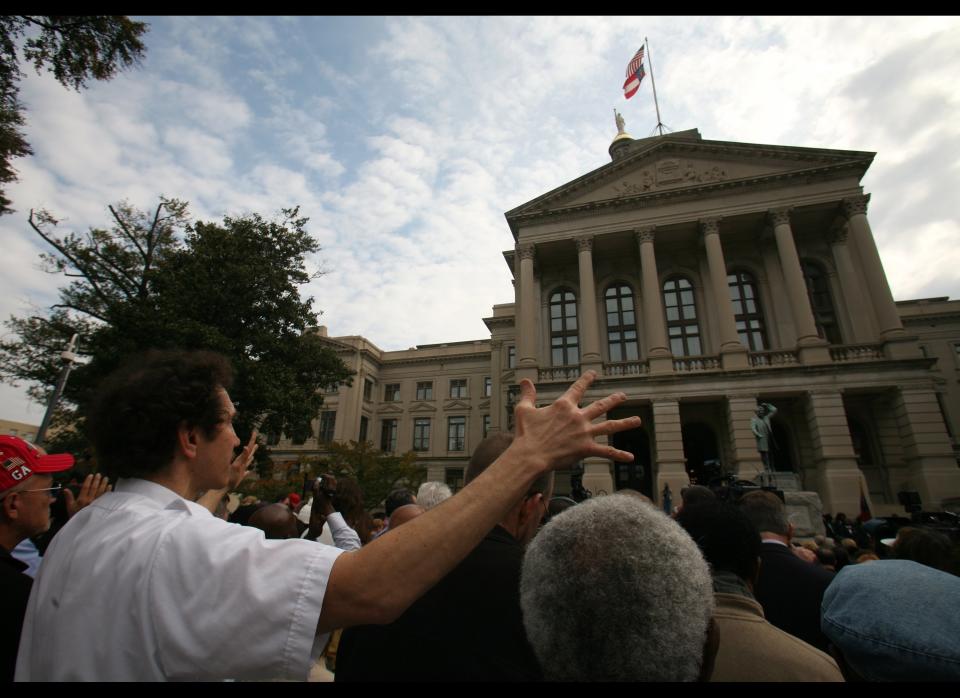
Hawaii State Capitol (Honolulu)
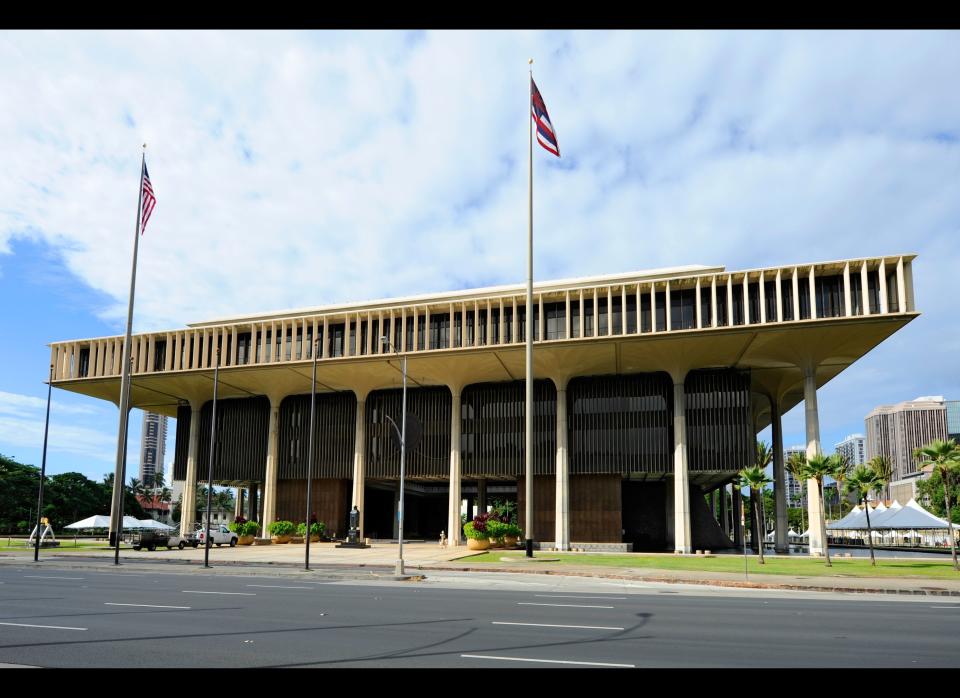
Idaho State Capitol (Boise, Idaho)

Illinois State Capitol (Springfield, Ill.)
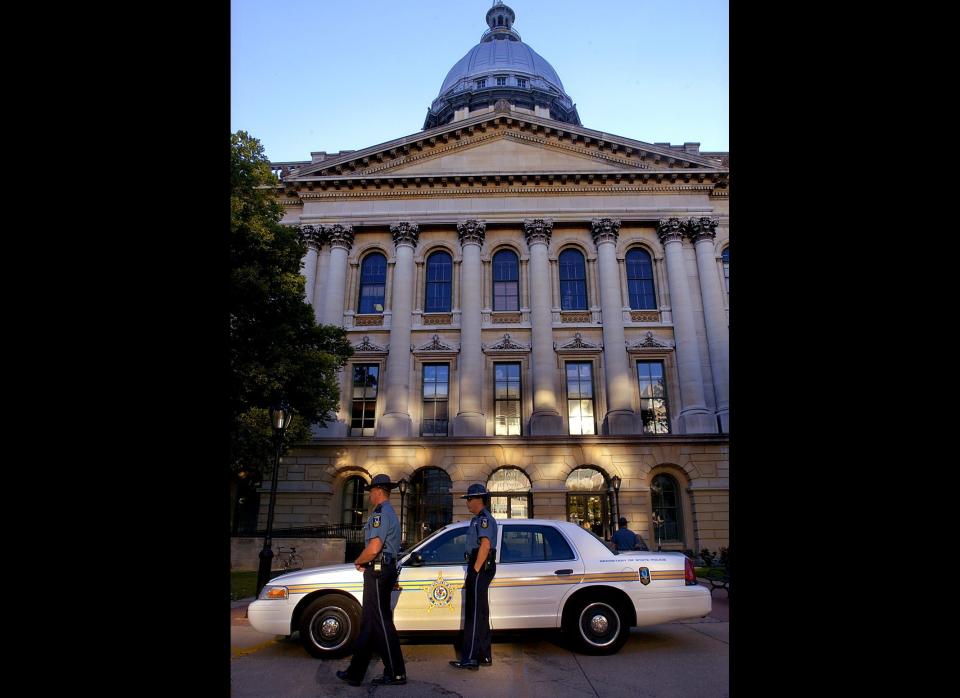
Indiana State Capitol (Indianapolis)

Iowa State Capitol (Des Moines, Iowa)

Kansas State Capitol (Topeka, Kan.)
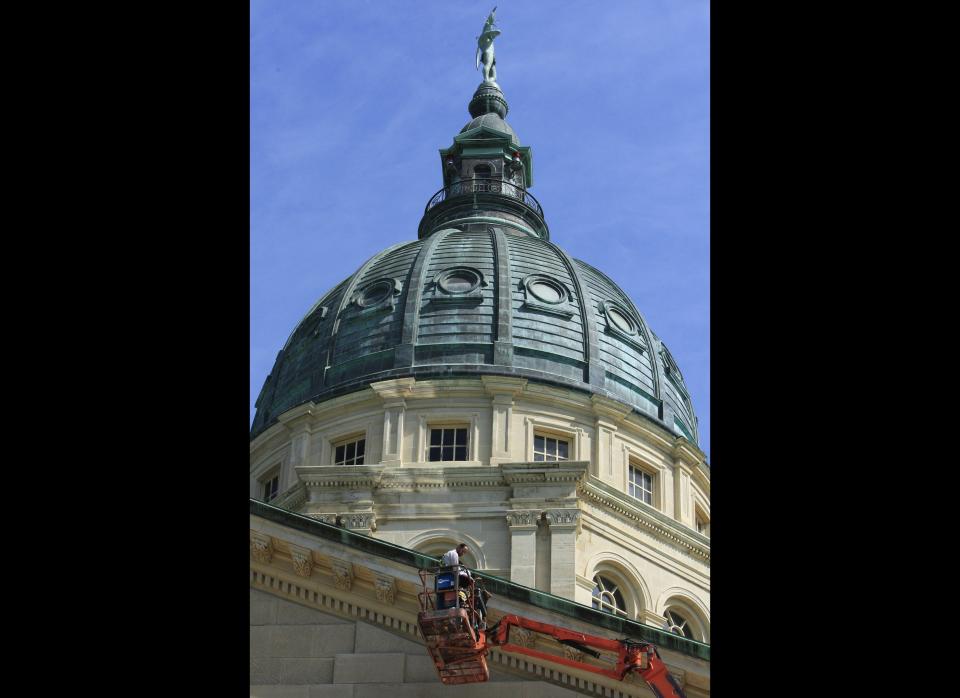
Kentucky State Capitol (Frankfort, Ky.)
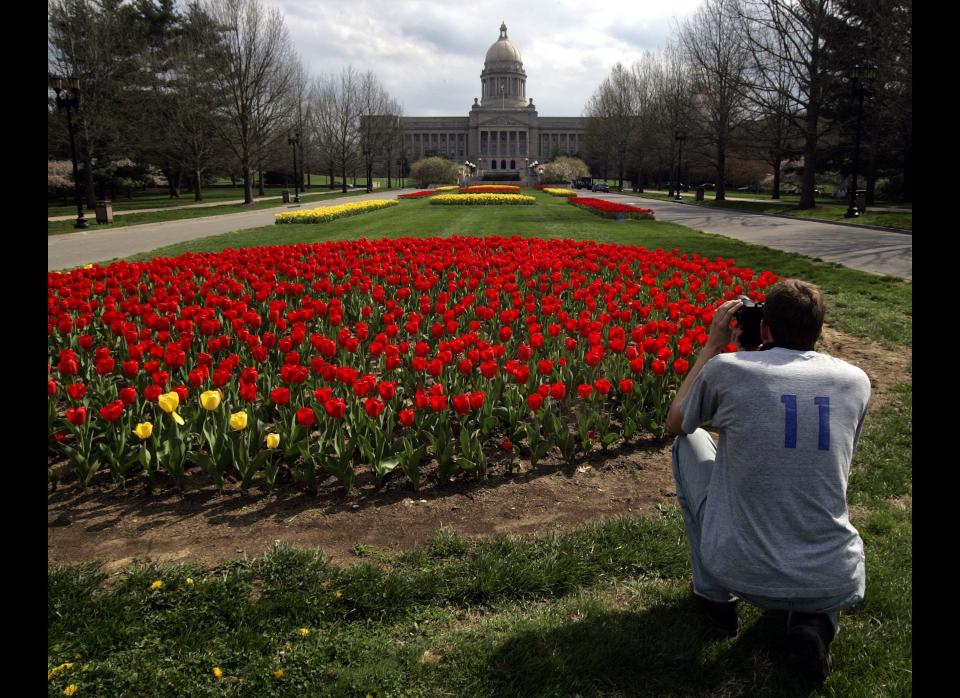
Louisiana State Capitol (Baton Rouge, La.)
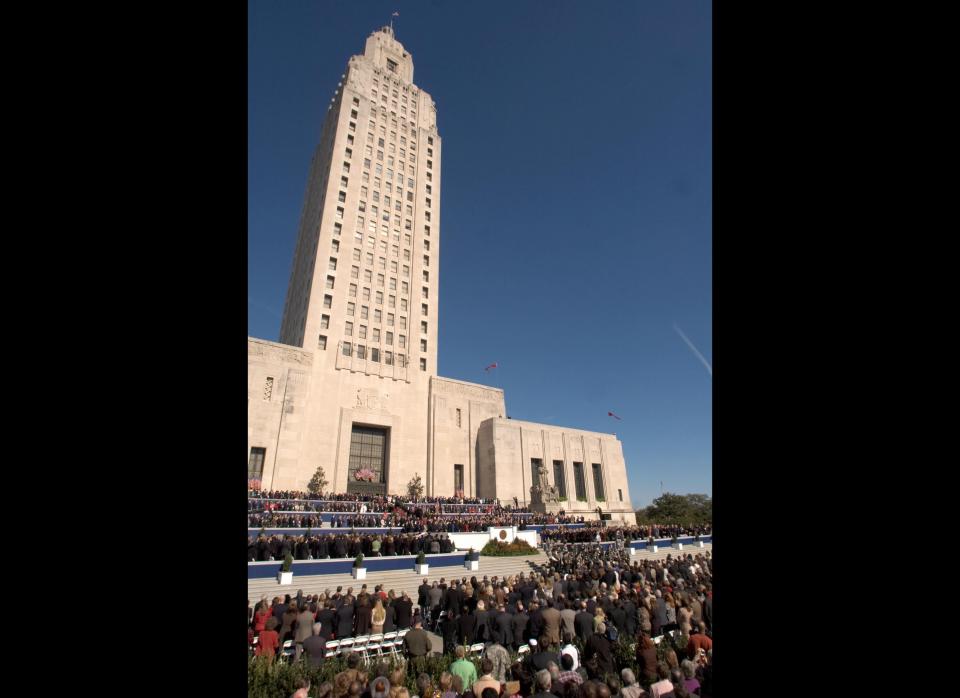
Maine State Capitol (Augusta, Me.)

Maryland State House (Annapolis, Md.)
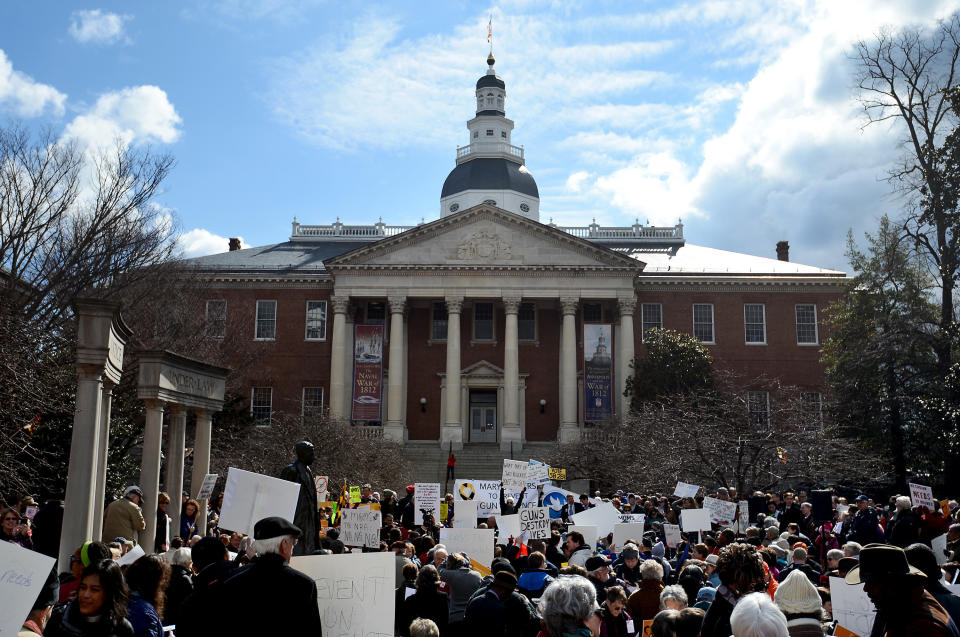
Massachusetts State House (Boston)

Michigan State Capitol (Lansing, Mich.)
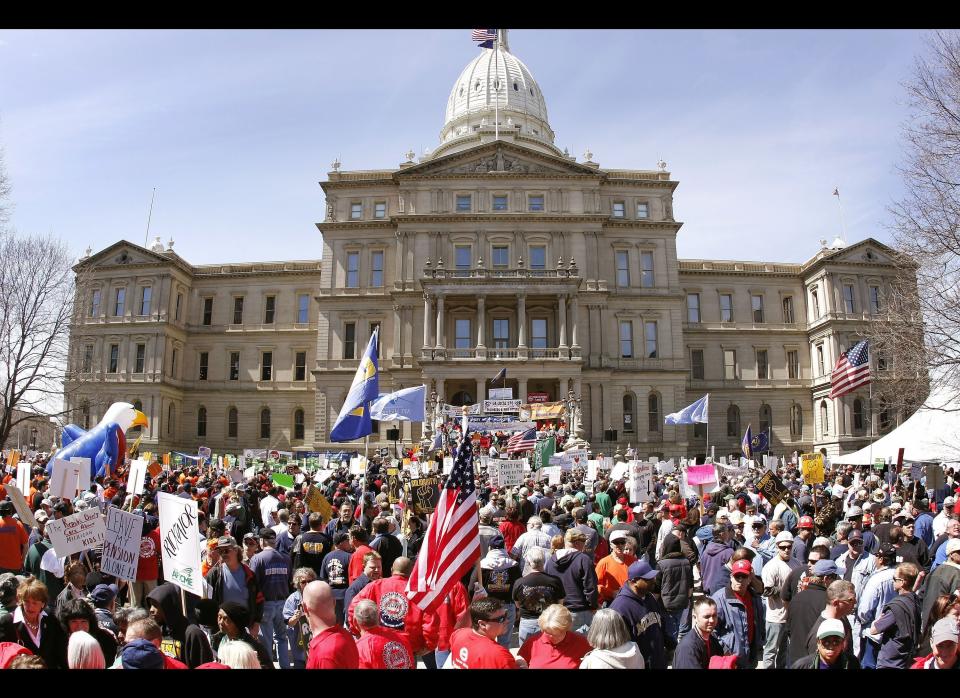
Minnesota State Capitol (St. Paul, Minn.)
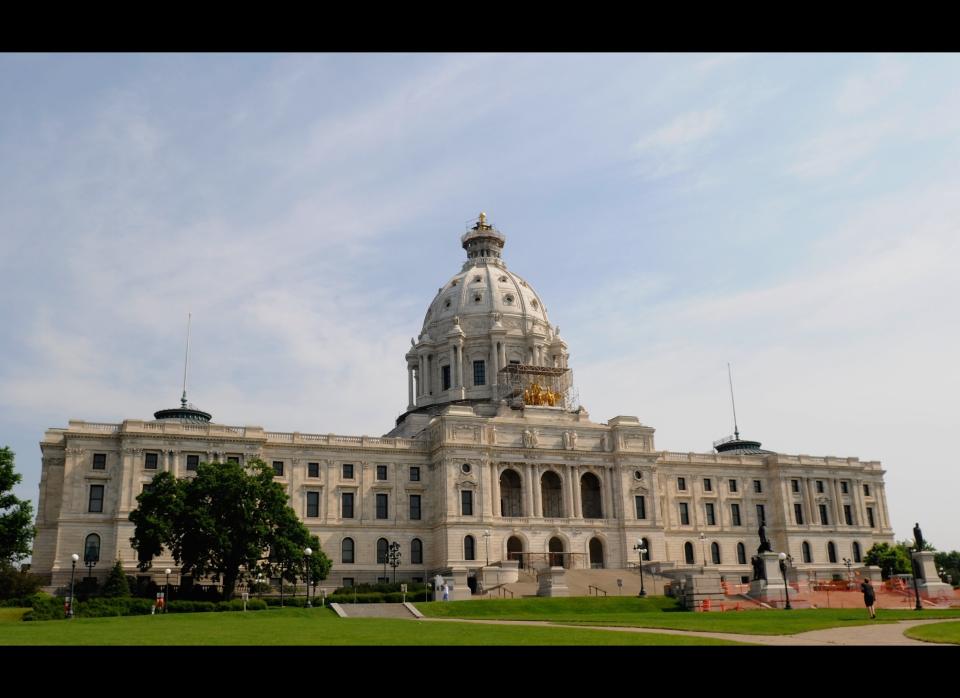
Mississippi State Capitol (Jackson, Miss.)

Missouri State Capitol (Jefferson City, Mo.)

Montana State Capitol (Helena, Mont.)
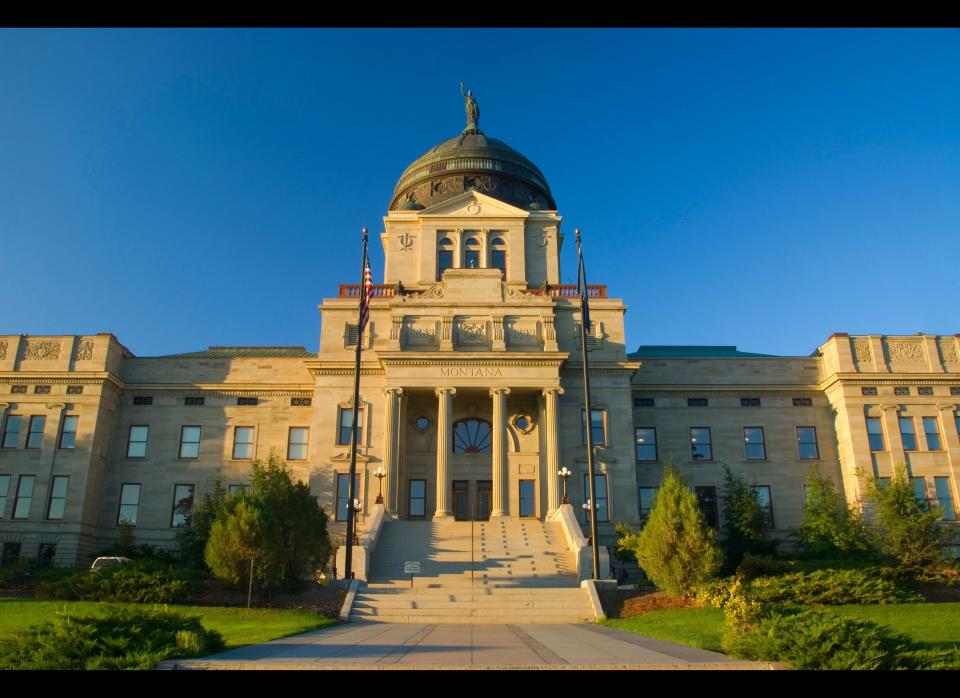
Nebraska State Capitol (Lincoln, Neb.)
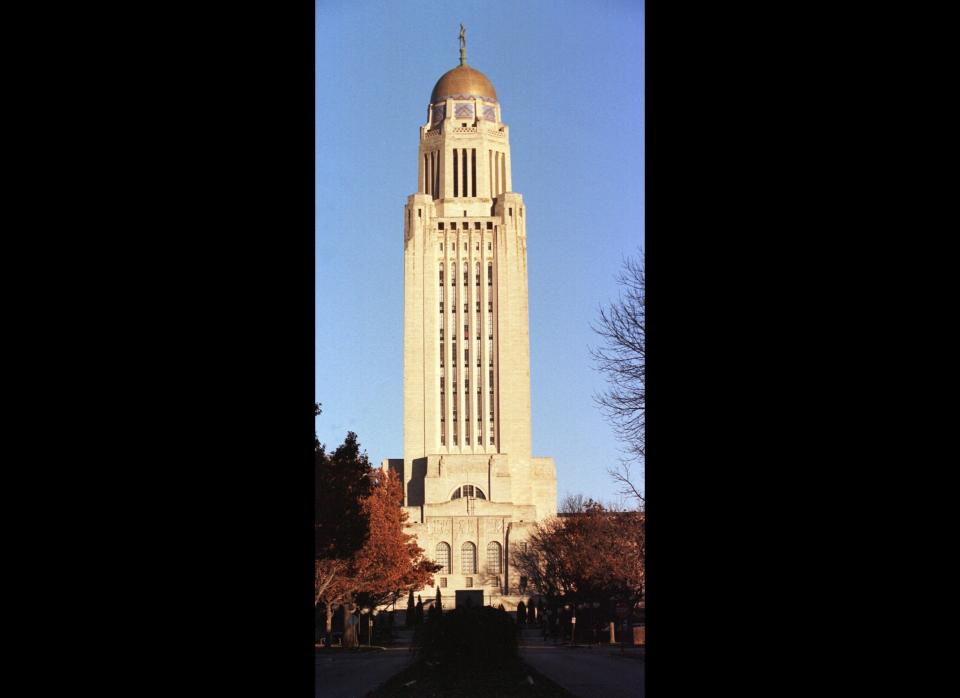
Nevada State Capitol (Carson City, Nev.)
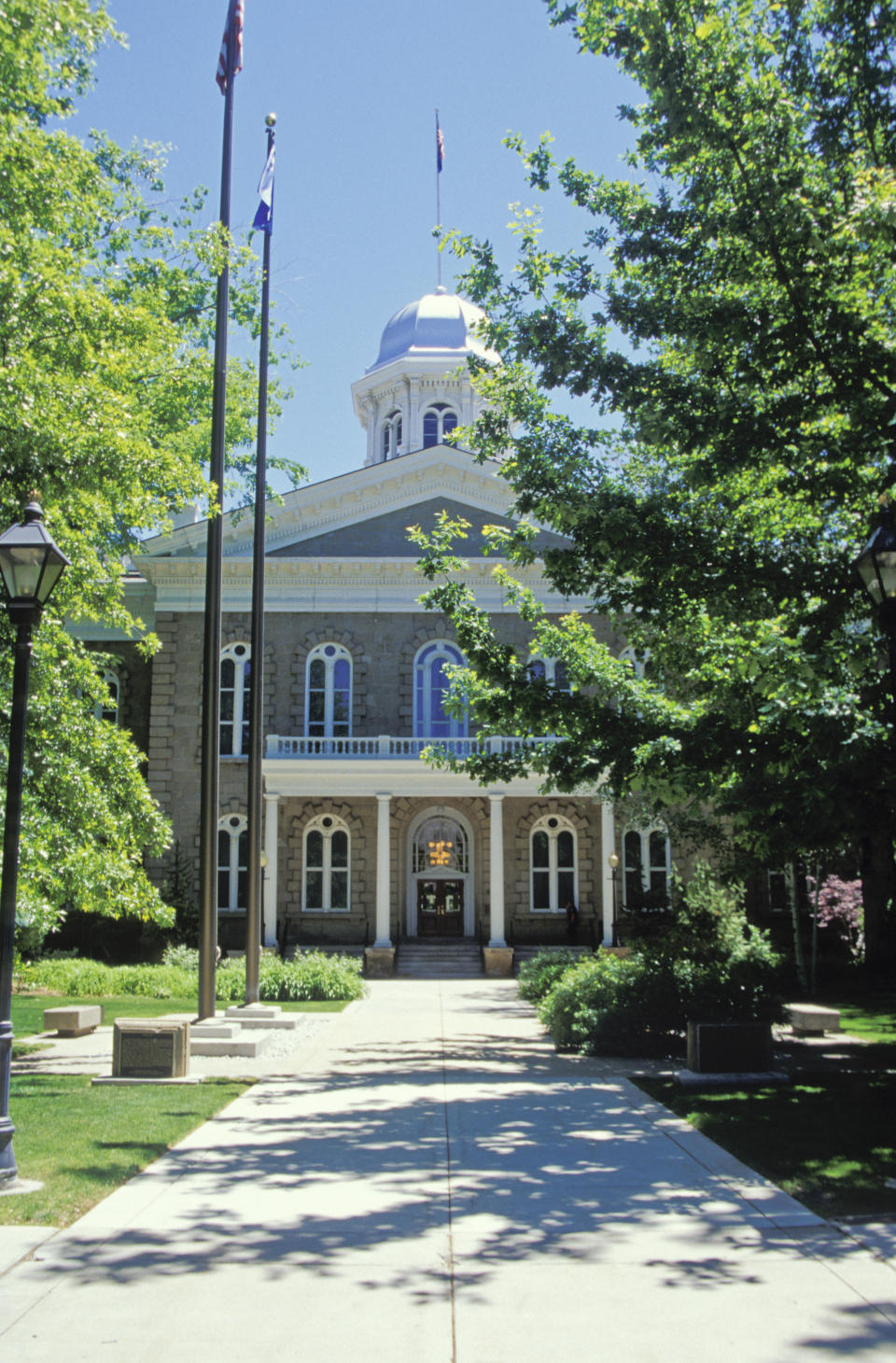
New Hampshire State House (Concord, N.H.)
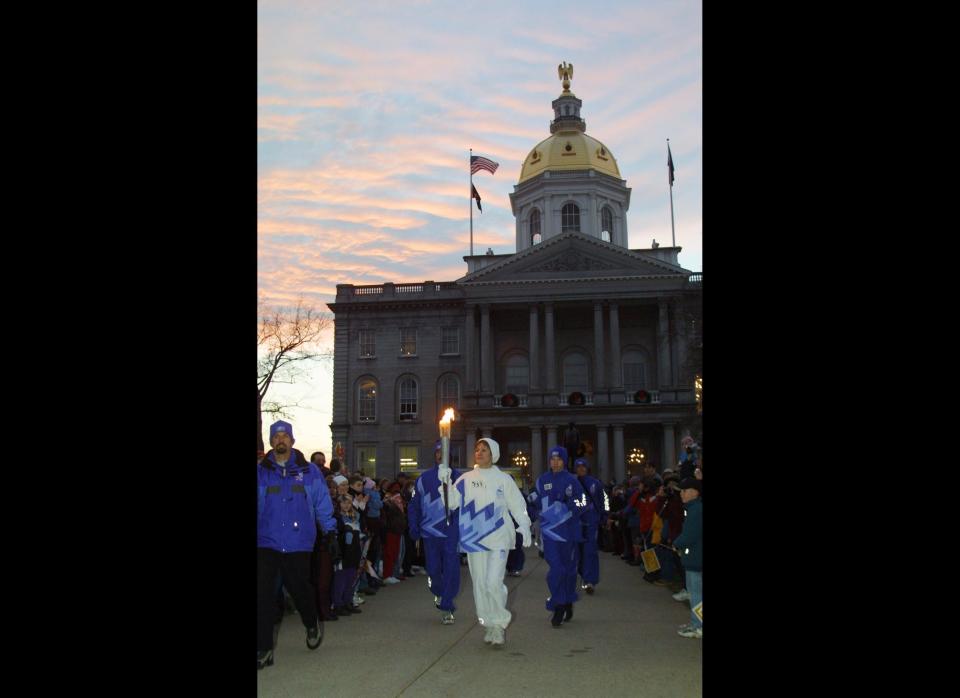
New Jersey State House (Trenton, N.J.)
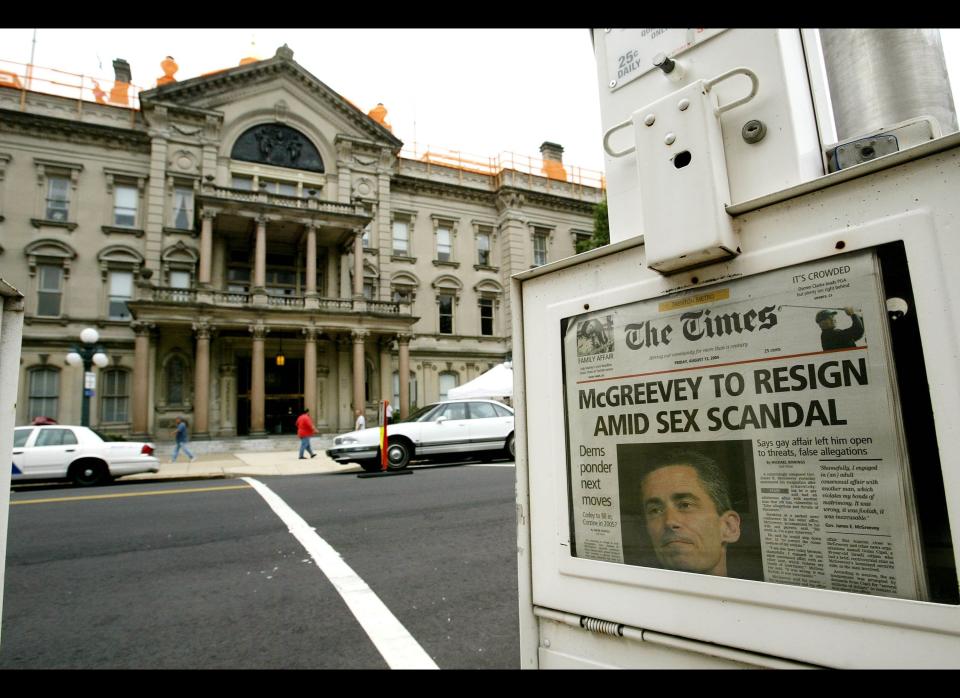
New Mexico State Capitol (Santa Fe, N.M.)
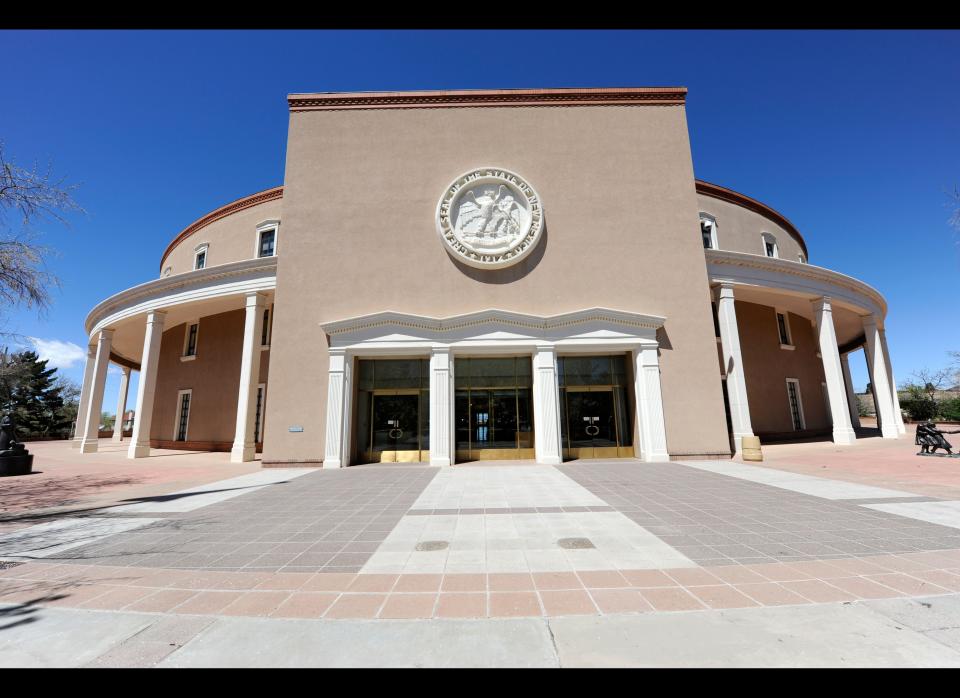
New York State Capitol (Albany, N.Y.)
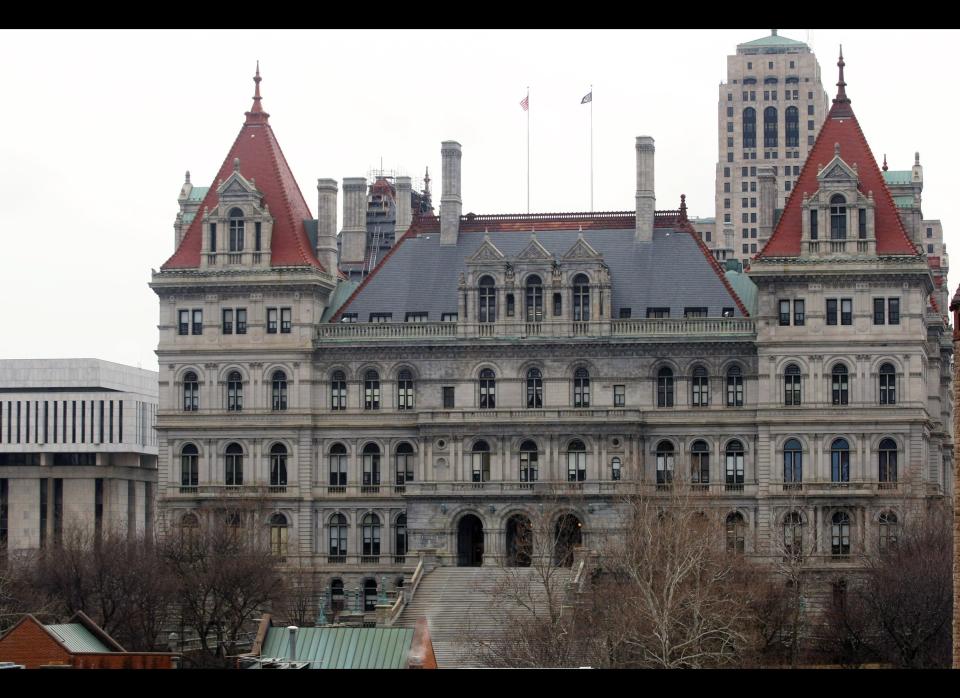
North Carolina State Capitol (Raleigh, N.C.)
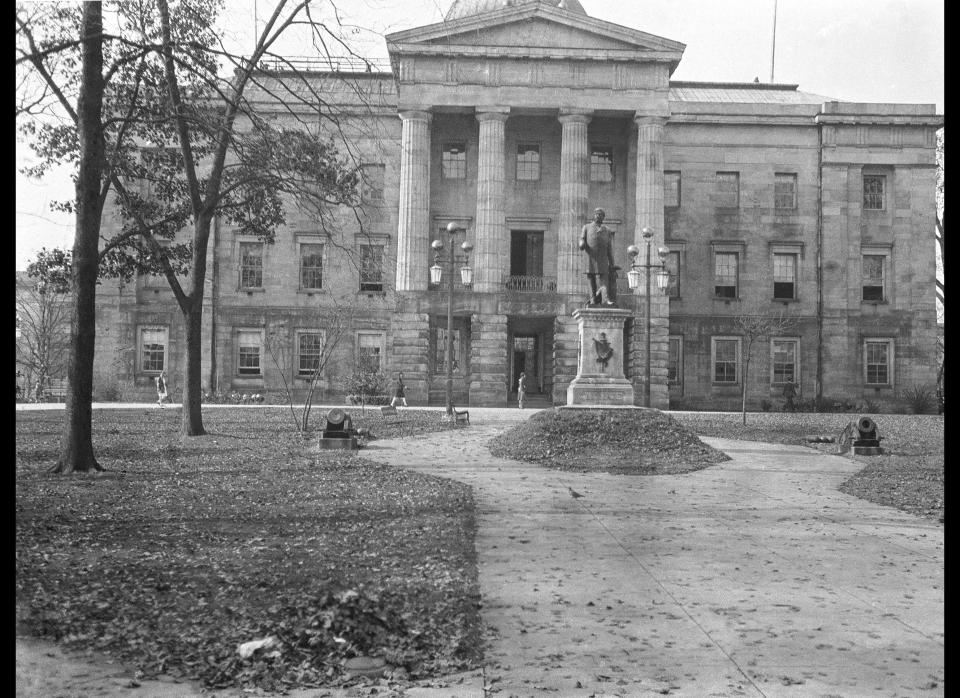
North Dakota State Capitol (Bismarck, N.D.)
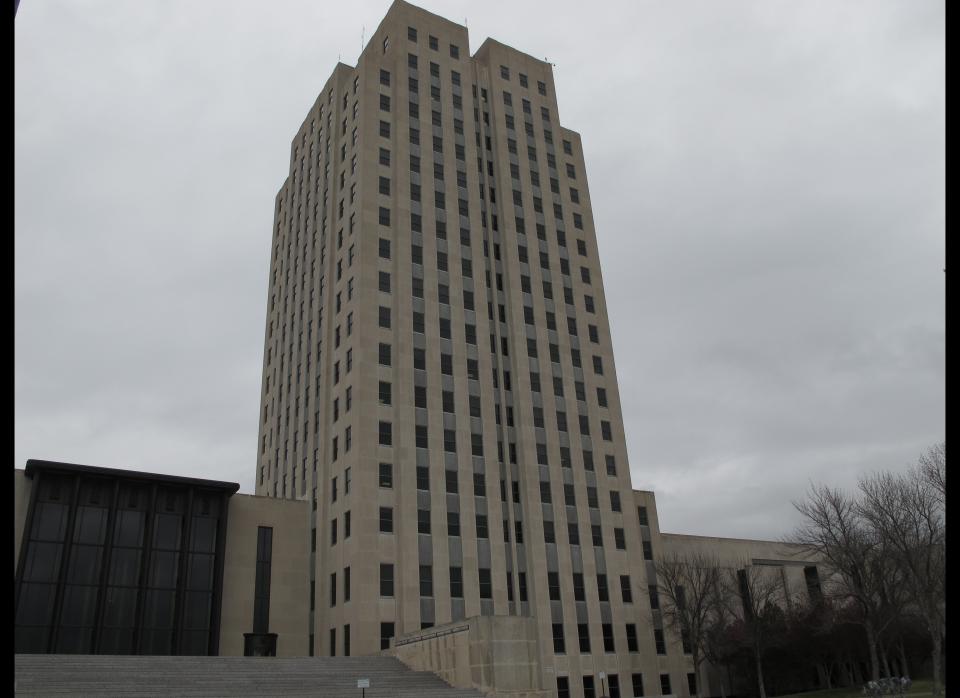
Ohio Statehouse (Columbus, Ohio)

This article originally appeared on HuffPost.

